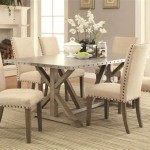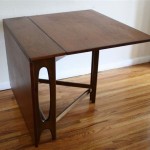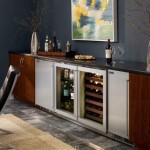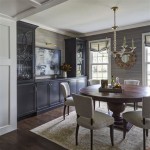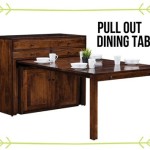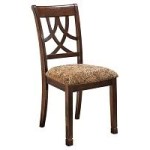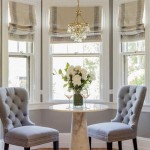What To Do With a Dining Room
The dining room, once a staple in home design, has seen its popularity fluctuate over the years. With the rise of open-concept living and more casual dining habits, many homeowners find themselves questioning the purpose and utility of a dedicated dining space. This article explores various options for maximizing the potential of a dining room, whether it's embracing its traditional function or repurposing it to better suit modern lifestyles.
Maintaining a formal dining room remains a desirable option for those who enjoy hosting dinner parties or appreciate the elegance of a dedicated space for meals. This approach involves selecting a dining table that comfortably accommodates the desired number of guests, complemented by appropriate seating. Consideration should be given to lighting, including a statement chandelier or strategically placed wall sconces, to create an inviting ambiance. Buffets, sideboards, or china cabinets can provide storage for tableware and linens, enhancing the room's functionality and aesthetic appeal.
For households that prefer a more casual dining experience, the dining room can be adapted to suit this need. A smaller, round table can foster a sense of intimacy, while a banquette or bench seating can create a cozy and relaxed atmosphere. Integrating the dining area with the kitchen or living room through open shelving or visual continuity can further enhance the casual vibe. The choice of furniture and décor, such as comfortable upholstered chairs and natural materials, can contribute to a welcoming and informal setting.
Beyond its traditional function, the dining room presents an opportunity for multifunctional use. With the increasing prevalence of remote work, converting the dining room into a home office is a practical solution. A large table provides ample workspace, while existing storage furniture can be adapted to house office supplies. Attention should be paid to ergonomics, ensuring proper seating and lighting to create a productive and comfortable work environment.
For families with children, the dining room can be transformed into a playroom or activity area. Durable flooring, easily cleanable surfaces, and ample storage are key considerations for this conversion. Designated areas for different activities, such as arts and crafts, reading, or board games, can help organize the space and encourage creative play. Child-friendly furniture and décor can further enhance the room's functionality and appeal.
The dining room can also serve as a library or reading room for book lovers. Built-in bookshelves, comfortable seating, and ample lighting can transform the space into a tranquil retreat for reading and relaxation. A combination of ambient and task lighting is essential for creating a comfortable and inviting reading environment. Consider incorporating a cozy fireplace or a window seat to further enhance the room's appeal.
For those with a passion for music or entertainment, the dining room can be converted into a dedicated space for these activities. A high-quality sound system, comfortable seating, and appropriate lighting can create an immersive entertainment experience. Consider incorporating a projector and screen for movie nights or a dedicated area for musical instruments. Soundproofing may be necessary to minimize noise disruption to other areas of the house.
If additional sleeping accommodations are needed, the dining room can be transformed into a guest room. A convertible sofa bed or Murphy bed can provide comfortable sleeping arrangements while maintaining the room's functionality during the day. Consider adding a wardrobe or chest of drawers for guest storage. Decorative touches, such as artwork and soft furnishings, can create a welcoming and comfortable guest space.
Repurposing the dining room into a hobby or craft room caters to individuals with creative pursuits. Ample storage, a large work surface, and good lighting are essential for this type of conversion. Depending on the specific hobby, specialized equipment or furniture may be required. Consider incorporating a dedicated area for displaying finished projects or storing supplies.
Transforming the dining room into a home gym offers a convenient and private space for exercise. Appropriate flooring, ample ventilation, and sufficient space for equipment are key considerations. Mirrors can create a sense of spaciousness and allow for monitoring form during workouts. Ensure adequate storage for exercise equipment and accessories.
Ultimately, the best use for a dining room depends on the specific needs and lifestyle of the homeowner. Careful consideration of how the space will be used, along with thoughtful planning and design, can transform the dining room into a valuable and functional part of the home.

Dining Room Alternatives

Better Ways To Use Your Dining Room

10 Formal Dining Room Ideas From Top Designers

10 Creative Uses For Your Dining Room Decorator S Voice

80 Elevated Dining Room Ideas Perfect For Entertaining In 2025

Better Ways To Use Your Dining Room

10 Formal Dining Room Ideas From Top Designers

Living Room And Dining Design Ideas Designcafe

Reclaim Wasted Space Dining Rooms Garages Attics And Closets Hgtv

Do You Really Need A Formal Dining Room Kristina Wolf S House Of Design


